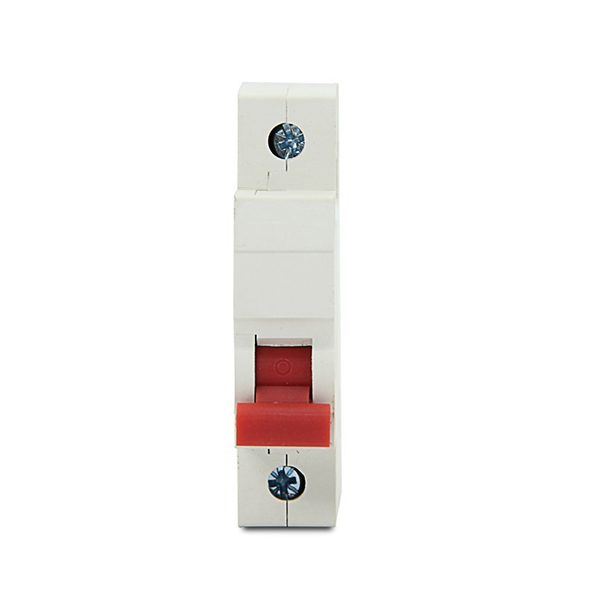Considerations related to low voltage circuit breakers
2024-01-25
A low voltage circuit breaker is an electrical switching and protection device designed to interrupt the flow of current in low voltage electrical circuits. It is a critical component in electrical distribution systems, providing protection against overcurrents and short circuits. Low voltage circuit breakers are commonly used in residential, commercial, and industrial applications to ensure the safety of electrical installations and connected devices. Here are key features and considerations related to low voltage circuit breakers
Key Features:
1. Voltage Rating:
- Low voltage circuit breakers are designed to operate in circuits with voltage levels typically up to 1,000 volts (1 kV) in industrial settings and up to 600 volts in residential and commercial settings.
2. Current Rating:
- Circuit breakers are rated based on their ability to handle specific levels of current. The current rating indicates the maximum current the circuit breaker can safely interrupt.
3. Tripping Mechanism:
- Circuit breakers have a tripping mechanism that allows them to open the circuit when an overcurrent or short circuit is detected. Common tripping mechanisms include thermal, magnetic, or a combination of both.
4. Trip Characteristics:
- Circuit breakers may have different trip characteristics, such as instantaneous, short delay, or long delay, to provide specific responses to different types of overcurrents.
5. Poles:
- Circuit breakers can have single-pole, double-pole, or multipole configurations. The number of poles corresponds to the number of separate circuits the breaker can interrupt simultaneously.
6. Interrupting Capacity:
- The interrupting capacity of a circuit breaker refers to its ability to safely interrupt the flow of current under specified conditions. It is expressed in terms of short-circuit current ratings (SCCR).
7. Arc Interruption:
- Circuit breakers incorporate mechanisms to interrupt arcs that may form during the opening of the circuit. Arc interruption is crucial for extinguishing the electrical arc generated when the contacts separate.
8. Mounting Type:
- Circuit breakers can be designed for different mounting types, including panel mount, DIN rail mount, or plug-in mount, depending on the specific application and installation requirements.
9. Communication and Connectivity:
- Some modern low voltage circuit breakers are equipped with communication and connectivity features, allowing for remote monitoring, control, and integration into smart grid systems.
10. Operational Mechanism:
- The operational mechanism of a circuit breaker can be manual or automatic. Manual circuit breakers are typically operated by a handle, while automatic ones can be triggered remotely or by protective relays.
11. Accessibility and Maintenance:
- Consideration should be given to the accessibility and ease of maintenance of the circuit breaker, including features like front-panel access, status indicators, and ease of replacement.
Considerations:
1. Coordination with Protective Devices:
- Ensure proper coordination between the low voltage circuit breaker and other protective devices in the electrical system to achieve selective coordination and enhance system reliability.
2. Compliance with Standards:
- Circuit breakers should comply with relevant safety and performance standards, such as those set by organizations like the International Electrotechnical Commission (IEC) or the National Electrical Manufacturers Association (NEMA).
3. Application-Specific Requirements:
- Choose circuit breakers that meet the specific requirements of the application, whether it's for residential, commercial, or industrial use.
4. Environmental Conditions:
- Consider the environmental conditions in which the circuit breaker will operate, including factors like temperature, humidity, and altitude, to ensure proper performance.
5. Installation and Wiring Practices:
- Follow proper installation and wiring practices as specified by the manufacturer to ensure the reliable operation and safety of the low voltage circuit breaker.
Low voltage circuit breakers play a crucial role in protecting electrical systems and equipment from overcurrents and faults. When selecting and installing these devices, it's essential to consider the specific requirements of the application, follow safety guidelines, and adhere to relevant standards and regulations. Consulting with electrical professionals is recommended for proper system design and installation.



